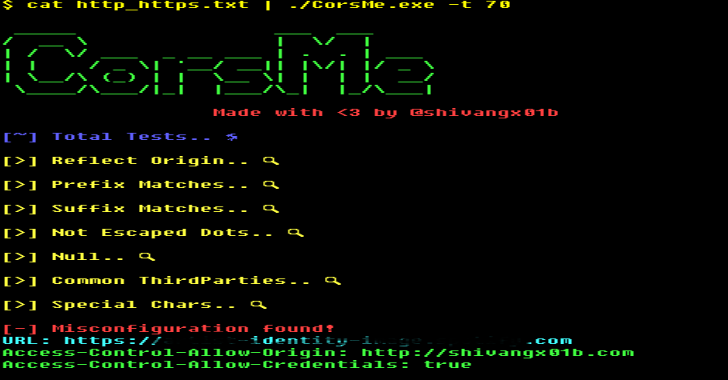EXOCET is superior to Metasploit’s “Evasive Payloads” modules as EXOCET uses AES-256 in GCM Mode (Galois/Counter Mode). Metasploit’s Evasion Payloads uses a easy to detect RC4 encryption. While RC4 can decrypt faster, AES-256 is much more difficult to ascertain the intent of the malware.

However, it is possible to use Metasploit to build a Evasive Payload, and then chain that with EXOCET. So EXOCET will decrypt via AES-256, and then the Metasploit Evasive Payload then decrypts itself from RC4.
Much like my previous project, DarkLordObama, this toolkit is designed to be a delivery/launch vehicle, much like Veil-Evasion does.
Dark Lord Obama Project
However, EXOCET is not limited to a single codebase or platforms that are running Python. EXOCET works on ALL supported platforms and architectures that Go supports.
EXOCET, is effectively a crypter-type malware dropper that can recycle easily detectable payloads like WannaCry, encrypt them using AES-GCM (Galois/Counter Mode), which is more secure than AES-CBC, and then create a dropper file for a majority of architectures and platforms out there.
Basically…
- It ingests dangerous malware that are now detectable by antivirus engines
- It then encrypts them and produces it’s own Go file
- Then that Go file can be cross-compiled to 99% of known architectures
- Upon execution, the encrypted payload is written to the disk and immediately executed on the command line
- Alternatively, instead of a file-drop, it will execute the reconstitute shellcode in memory using amenzhinsky’s go-memexec module github.com/amenzhinsky/go-memexec
- A custom shellcode executor is in the works, it takes ordinary C shellcode and after num-transform, it will run it by creating a new process after allocating the correct virtual address space and granting it RWX permissions on Windows
That means 32-bit, and 64-bit architectures, and it works on Linux, Windows, Macs, Unix, Android, iPhone, etc. You take, anything, and I mean ANYTHING, like the 1988 Morris Worm that nearly brought down the internet (which exploited a flaw in the fingerd listener daemon on UNIX), and make it a viable cyberweapon again.
EXOCET is designed to be used with the DSX Program, or the “Cyber Metal Gear” as I envisioned it. Being able to launch and proliferate dangerous malware without a traceable launch trail.
EXOCET is written entirely in Go.
EXOCET, regardless of which binary you use to run it, requires Golang to work. By default, it generates a crypter .go file.
- Windows users: Install Go Here
- Linux users: run
sudo apt-get update && sudo apt-get install -y golang - You must install the EXOCET source files in golang
go get github.com/tanc7/EXOCET-AV-Evasion - Sub-requirements will also be downloaded and installed
- For Windows and Mac x64 Users, pre-compiled binaries are in the /bin folder
go run EXOCET.go detectablemalware.exe outputmalware.go
A key is automatically generated for you. The key is 64-characters long and is entirely composed of bash and cmd.exe shell pipe redirectors to confuse and disrupt brute-forcing attempts against the key by causing unpredictable, destructive behavior on the forensic analyst’s device.
For 64-bit Windows Targets…
env GOOS=windows GOARCH=amd64 go build -ldflags “-s -w” -o outputMalware.exe outputmalware.go
And out comes a outputmalware.exe file
For 64-bit MacOS Targets
env GOOS=darwin GOARCH=amd64 go build -ldflags “-s -w” -o outputMalware.macho outputmalware.go
For 64-bit Linux Targets
env GOOS=linux GOARCH=amd64 go build -ldflags “-s -w” -o outputMalware.elf outputmalware.go

















